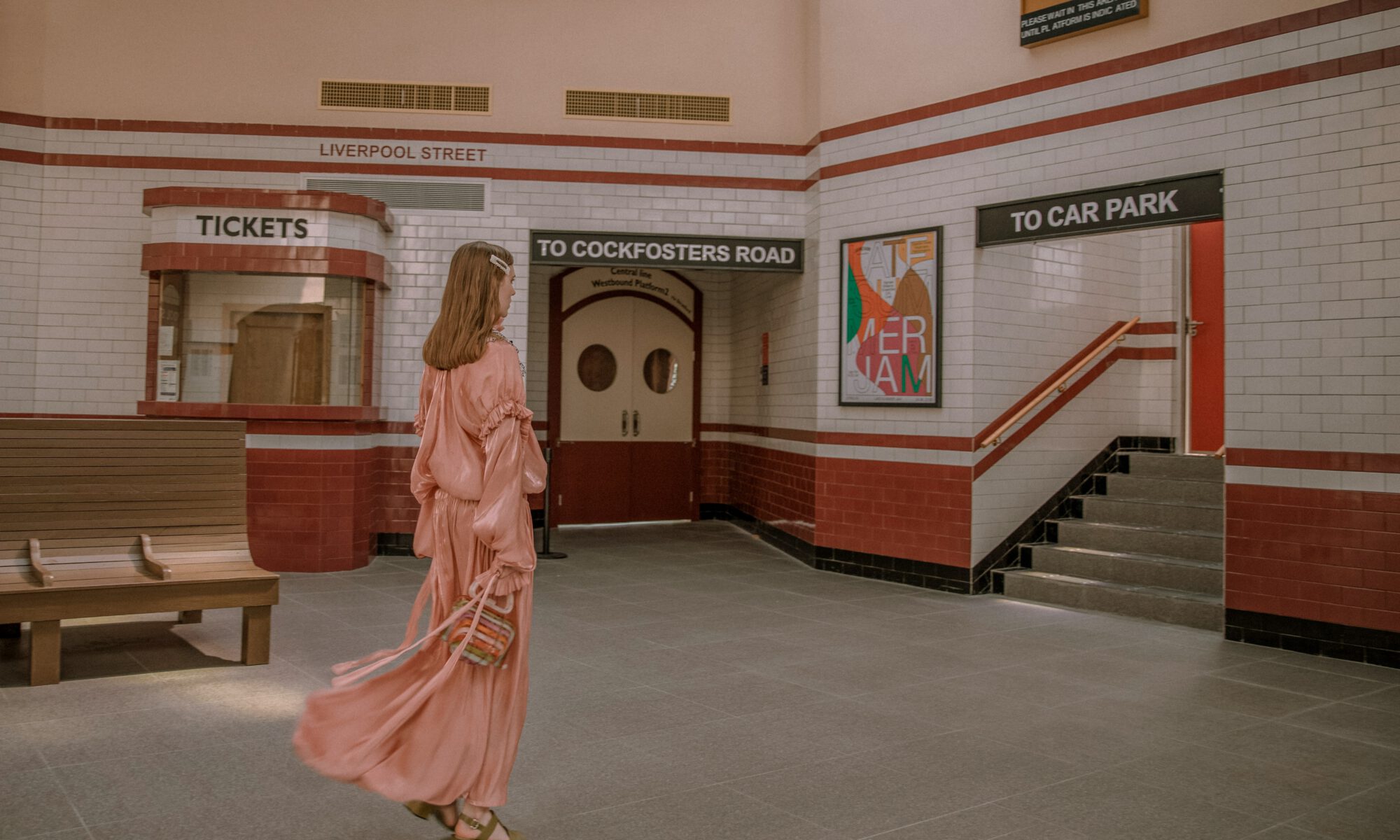In recent years, secondhand fashion has seen a significant surge, driven by growing awareness of the environmental impacts of fast fashion and the increasing demand for affordable, unique, and sustainable clothing options. With younger generations leading this change, secondhand shopping is no longer just a trend but a key part of the move toward circular fashion.
The Environmental Impact of Fast Fashion
The fashion industry is responsible for about 5% of global carbon emissions, with textile production in the European Union alone generating around 270 kg of CO2 emissions per person annually. This is equivalent to the carbon footprint of driving a gasoline-powered car for 21 days. As the fashion industry faces increasing scrutiny over its environmental footprint, consumers are turning to secondhand fashion as a more sustainable alternative.
The Benefits of Secondhand Fashion
1. Environmental Advantages
Secondhand fashion helps significantly reduce carbon emissions. By buying pre-owned garments, we can cut CO2 emissions by 25% on average. Furthermore, extending the life of clothing reduces the need for new resource-intensive production. Over a garment’s lifetime, buying secondhand saves around 8.41 pounds of CO2, 16.48 kWh of energy, and 88.89 gallons of water compared to buying new. These simple shifts in consumer behavior can create profound environmental benefits.
2. Affordability
Secondhand shopping offers a cost-effective alternative to traditional retail, making it an attractive option, especially for younger generations like Gen Z and Millennials. Not only do these consumers save money, but they also find unique and one-of-a-kind pieces that allow them to express their individuality, setting them apart from mainstream fast fashion trends.
3. Social Impact
Buying secondhand supports a circular economy and helps local thrift stores and non-profits. These platforms often partner with charitable organizations, creating positive social impacts while also giving shoppers a chance to contribute to environmental sustainability.
The Growing Popularity of Secondhand Fashion
Data reveals that 2 out of 5 items in Gen Z’s wardrobes are pre-owned. Millennials and Gen Z are drawn to secondhand fashion for its affordability and eco-friendly benefits, with sustainability playing a key role in their purchasing decisions. However, with 39% of sustainability claims in fashion being potentially false or misleading, secondhand fashion offers a trustworthy alternative, as buying used garments is inherently sustainable.
The secondhand fashion market is growing rapidly, valued at $177 billion in 2022, and expected to more than double to $351 billion by 2027. Online resale platforms like Poshmark, The RealReal, and Depop have played a huge role in this growth, making it easier for consumers to buy and sell pre-owned clothing from the comfort of their homes.
Circular Fashion: The Future of Fashion
Circular fashion aims to create a closed-loop system where clothing is reused, repaired, or recycled, thus reducing waste and the environmental cost of textile production. Participating in this movement—by purchasing secondhand or renting clothing—helps extend the life cycle of garments and reduce the need for new resources.
Conclusion
Secondhand fashion is more than just a passing trend; it’s an essential part of a sustainable future for the fashion industry. With growing awareness and market support, secondhand shopping is reshaping the way we consume clothing. As more consumers, especially Gen Z and Millennials, embrace this eco-friendly alternative, the fashion industry is likely to continue moving towards sustainability, affordability, and circular practices.
Sources:
-
Global Fashion Agenda 2021: “The State of Fashion”
-
ThredUp 2022: “Resale Report”
-
The RealReal 2023: “Sustainability Report”
Ellen MacArthur Foundation 2017: “A New Textiles Economy”


